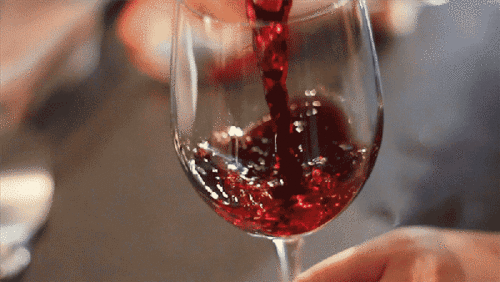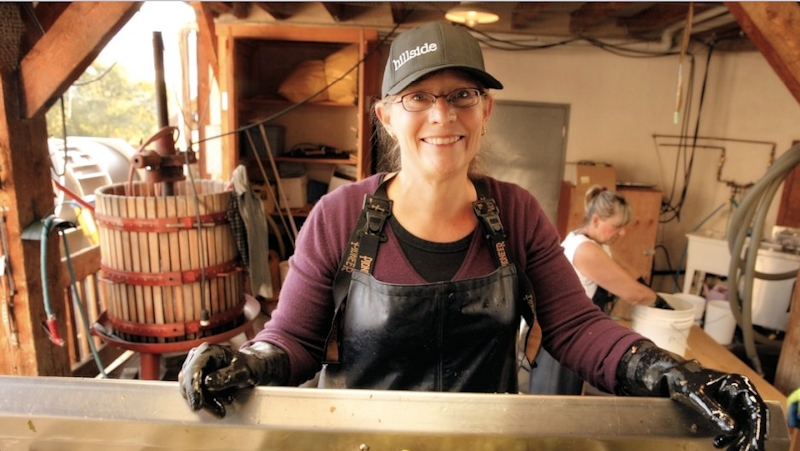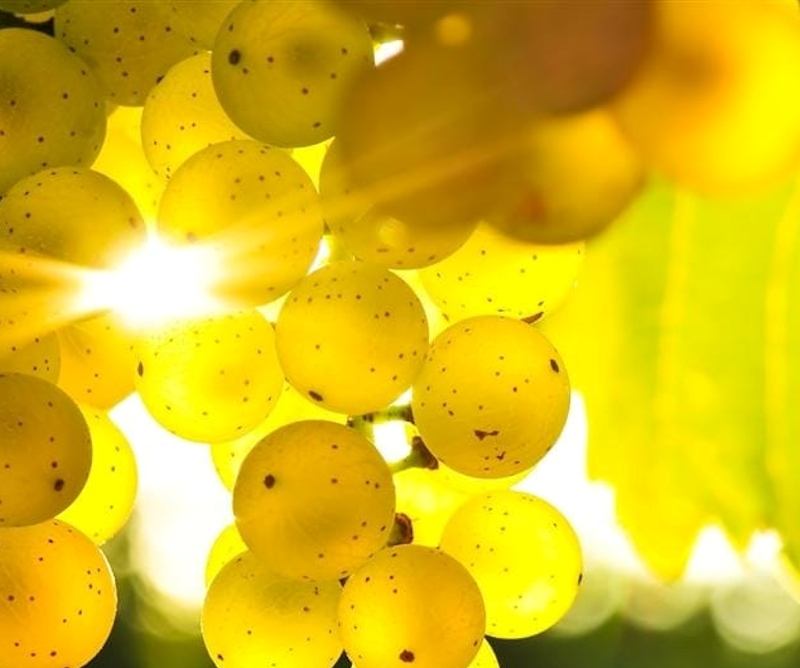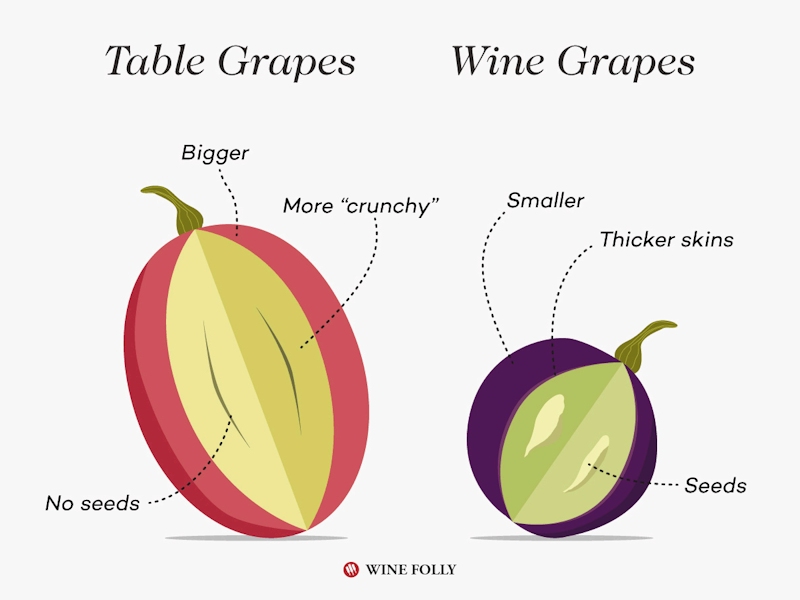Robert Bell's
Wines of Canada
Since 1992

What is Wine!
Wine is a magical gift to our senses. Wine is the beverage of celebration of passion and romance. Wine is sensual, pleasurable and it all starts through the nose: the bouquet.
Wine is an alcoholic drink typically made from fermented grapes. Yeast consumes the sugar in the grapes and converts it to ethanol, carbon dioxide, and heat. Different varieties of grapes and strains of yeasts produce different styles of wine.
Technically, wine can be made with any fruit (i.e. apples, cranberries, plums, etc) but if it just says “wine” on the label then it’s made with grapes. (Yes there is honey wine -Mead.
Wine has been produced for thousands of years. There is evidence of wine in Georgia from 6000 BC, Iran from 5000 BC, and Sicily from 4000 BC. Chances are wine was drunk before man had written records.
Not just any grapes are used to produce quality wines.
Table Grapes Are Fat and Sassy. Table grapes are grown in a way to make them more physically appealing. They are larger, seedless, with thicker pulp and thinner skins to give them that ideal ‘pop’ when you eat them. Table grapes have less acidity and also less sugar than a wine grape.
Wine Grapes Are Lean and Mean. Wine grapes are grown to produce the sweetest and most potent grapes. They are smaller, riddled with seeds, have thicker skins and higher juice content (vs. pulp). Wine grapes are delicate and difficult to transport. When you eat a fresh wine grape, they ooze apart, leaving you with crunchy bitter seeds and chewy grape skin.
Wines start with grapes, some even end with grapes, since the yeast needed to convert the grapes' sugar to alcohol is frequently found on the skin of each berry. White grapes make white wines. But "white grapes" are usually green or yellow in hue, and some are even pink or red. Extremely few grapes actually have red flesh, so the color of the grape refers to the skin on the grape. White wines can even be made from red grapes, as well as Rosť and red wine. There are several varieties of grapes as well.
Yeast cells turn delicious, sweet grape juice into wine. They eat sugar and produce alcohol as a by-product. Many vineyards like to use indigenous yeasts-those found on the grape skins themselves-as each vintage can bring a different combination of yeast strains, which may allow for more distinctive and complex wines. Most wineries, though, use cultivated, or commercial yeasts.
There is a distinction, however: As some wineries find that a specific yeast that was indigenous to their vines produced a better than average result, the winery may begin to cultivate the yeast. Most wineries that use truly commercial yeasts use them because they are efficient and tolerant of high-alcohol environments (aka the Achilles' heel of many indigenous yeasts; it can lead to what are known as stuck, or incomplete fermentations.)

Kathy Malone -winemaker- Hillside Estate WineryAcid is the part of wine that makes you smack your lips and leaves your mouth watering. It's a vital component of deliciousness in wine. Acid is naturally occurring in all fruit, and we know from making lemonade that there is a subjectively ideal balance that can be achieved between sweetness and acidity. Even in a dry wine there are flavours that we can perceive as sweet (alcohol also can give an impression of sweetness), so having the right amount of acid in a wine is crucial.
Tannins come from the seeds and skins of grapes -- and stems, too if they're added while the wine is still fermenting-as well as from wooden barrels that can be used to age wines. The tannin in wines acts as a preservative and, along with acidity, is referred to as the structure of a wine. Tannins make your mouth pucker, your gums feel fuzzy, and your mouth feel dry.Additives are indeed added to many wines. One reason why a winemaker usually goes to school to learn their craft. In modern winemaking, additives have become a common part of the wine recipe. Some additives have long historical roots, others are more recent additions to the Winemaker's list of ingredients, all of which can be used to "improve" wines. Here's a brief rundown of what else may have been added to your next glass of wine.
Enzymes are added to fermenting wine to help prevent the growth of bad yeasts that can cause wine spoilage. There are even enzymes that improve the formation of sediment in young wines, allowing for better filtering, and thus leading to higher yields.
Polysaccharides are added to promote the retention of color, tannin, and flavouring compounds extracted from grape skins.
Gum Arabic is added to wine to lock in the aromatic compounds in a wine, but it also adds richness, which has become its main propose.
Sulfur products are used as an anti-oxidative preservative in wine. These are products that have long histories in winemaking, and are actually one of the wine additives that we're seeing less, not more, of as winemakers develop a better understanding of what a sufficient dose of SO2 is.Wine is Special - wine is an expression of place and time – a snapshot of a particular vineyard, and the work of a particular winemaker in a particular year. And because it is capable of developing over time, gaining complexity, settling into a glorious harmony, and then a slow and graceful decline, it tells its story in different ways as it ages. It is both a living and evolving thing and rooted firmly in a particular world.
Wine is an accompaniment to food, a drug, a refreshing drink, a status symbol, an investment, a commodity. It is many things to many people, but this combination of a sense of place and time is its unique trick and the overwhelming source of its fascination.
Wine has, more than any other drink, the ability to imbue its consumer with pleasure by the senses of sight, smell, taste and touch like no other drink. It is experienced from the moment you see it poured in the decanter or glass, through the moment its volatile aromas stimulate olfaction, while it caresses or darts across your tongue, until well after the moment you swallow it, with its lingering flavour and mouthfeel
- Julian Gutierrez
Art or Science
Because making wine- god wine- requires decision making and knowledge along with Passion making wine is an art. However modern winemaking benifits from science. For example In the 18th century, chemist Jean-Antoine Chaptal advocated adding sugar to must to increase its alcoholic strength.
Louis Pasteur was responsible for several scientific breakthroughs. He not only discovered the principles of fermentation, but made it possible to improve the stability of wine by understanding its microbiology as well as researching into the role of tartaric acid and glycerol.
Wine is one of the few agricultural products that reveals its environment, or terroir. Wines are made by people who are out there in fields and who possess the craftsmanship to bring this sensation to our table.
"Wine is the most civilized thing in the world." --- Ernest Hemingway.
"Wine improves with age. The older I get, the better I like it." --- Anonymous
"Compromises are for relationships, not wine." --- Sir Robert Scott Caywood"Drinking good wine with good food in good company is one of life's most civilized pleasures."--- Michael Broadbent
Wine is the ultimate gesture of hospitality.
The journey wine has travelled spans the globe, so next time you take a bottle from the shelf it is an opportunity to learn about the history of the wine. And while wine is for drinking, you can widen your horizons beyond simply the taste by discovering its history and composition.
Sources:
Eatingwell.com
Winefolly
Wikipedia
robertsonwine.com
winerist.com
Grape Varietal - Fortified Wine - Fruit Wines - Mead - Icewine - Organic Wines
Home | About | Sitemap | New Reports | Contact Us |©2020 Robert A Bell



